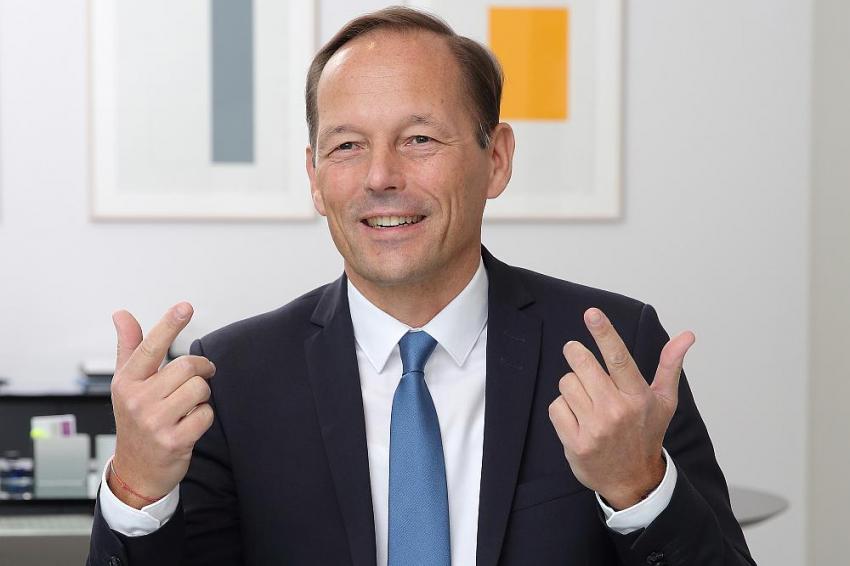
Mood subdued in Germany, says VCI
Submitted by:
Andrew Warmington
Germany’s chemical industry trade association, the VCI, said that the mood in the nation’s chemical and pharmaceutical industry “cooled noticeably in August because the global economy did not pick up as hoped”. This applies particularly to chemicals. “A weak industrial economy in Europe, the USA and China, as well as a lack of price-competitiveness in Germany, are dampening sales opportunities abroad,” the VCI said.
Chemical exports declined in almost all regions in 1H, Asia excepted. Expectations for the coming months are also cautious. Pharmaceutical exports, particularly to North America and Asia, were much stronger, rising by 13%. This is expected to continue in the coming months.
The association also noted that R&D budgets continue to grow, rising by 4% to around €15.5 billion in 2023. Again, this was mainly driven by pharma, with chemical R&D budgets under pressure. For this year, a total R&D spend of about €15.5 billion is expected.
Germany’s attraction as a location is declining, due to “structural problems, excessive bureaucracy, lengthy approval procedures and complicated project funding systems”, the VCI noted. As a result, companies are increasingly interested in research elsewhere and other countries are catching up. In addition, the German government lacks a coherent innovation strategy. “In other countries, costs are lower, public funding programmes are better and bureaucracy is lower,” said Thomas Wessel (pictured), chairman of the VCI research committee.
It is estimated that firms spend 5% of their man-hours filling out forms. With the growing importance of cross-sector innovations in chemical research and industrial application, the association noted, it is highly advantageous for innovators and customers to be close to each other geographically. Germany has an excellent scientific landscape, able researchers and strong basic research but this is wasted without a “comprehensive, one-stop innovation strategy”.
“A new funding programme here, a new institute there – it’s a patchwork. This development is reinforced by uncoordinated measures by the federal government and its departments,” said Wessel. He particularly highlighted the large cuts in federal funding for battery research planned for 2025.
The research committee advocated that the funding landscape should be financed from a combination of state funding, tax measures, institutional and private venture capital. Pilot and demonstration plants as well as real-world laboratories must also be funded in order to close the transfer gap between basic and applied research. Finally, much more must be done to address the shortage of skilled workers.
